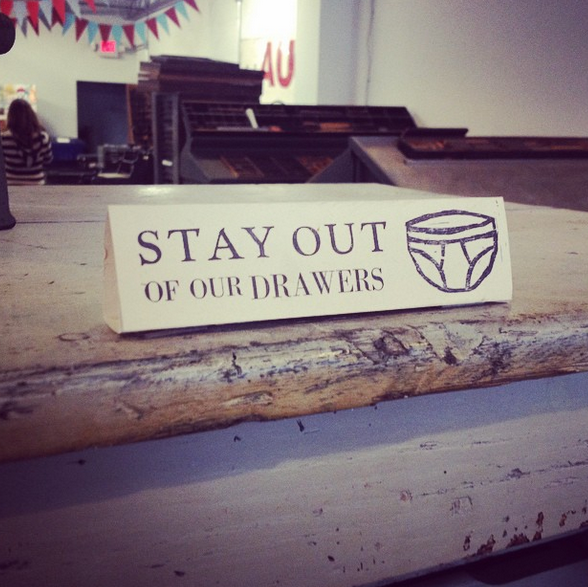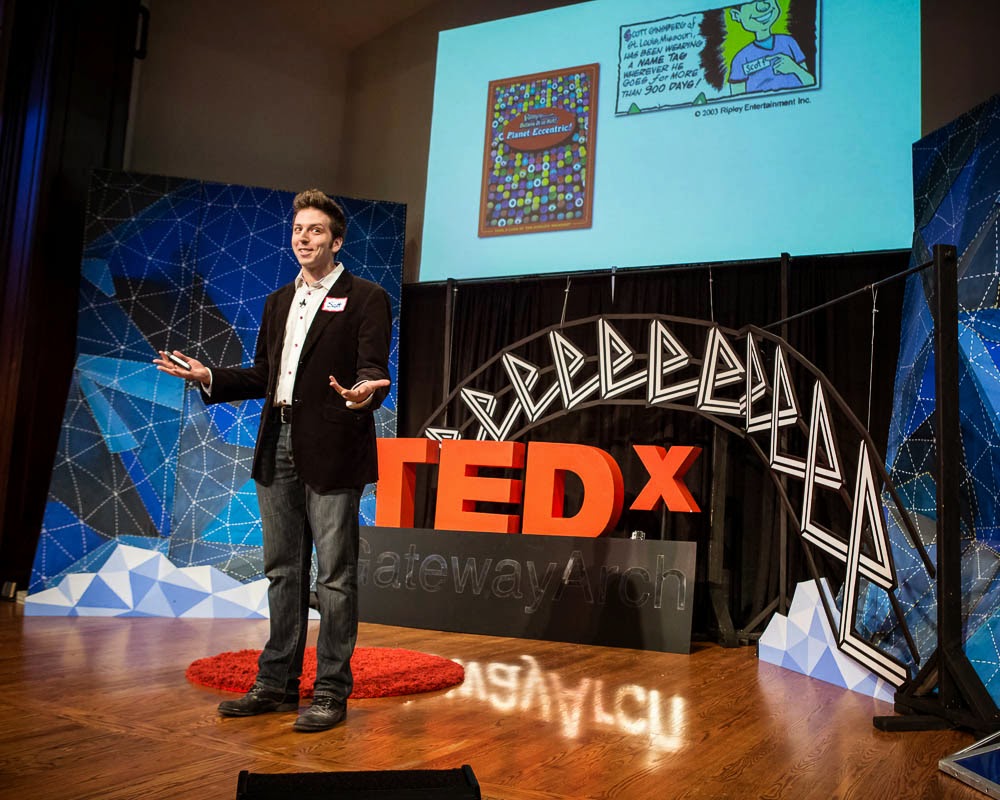

All creativity begins with the moment of conception.
That little piece of kindling that gets the fire going. That initial source of inspiration that takes on a life of its own. That single note from which the entire symphony grows. That single spark of life that signals an idea’s movement value, almost screaming to us, something wants to be built here.
And so, in this blog series, I’m going to be deconstructing my favorite moments of conception from popular movies. Each post will contain a video clip from a different film, along with a series of lessons we can learn from the characters.
Today’s clip comes from the Mexico scene in Shawshank Redemption:
What can we learn?
Stop waiting to be who you are. Writers love to pontificate about how many editors,
publishers and agents rejected their work. They tell harrowing tales about how
they were turned down a hundred and thirty times before finally being plucked
from obscurity. Excuse me while I grab a
tissue. I’ve written thirty books and not a single one was rejected. You
know why? Because I published every one of them myself. Instead of waiting for
the invisible jury to stamp my creative passport and tell me that my art was
okay, I hired myself. Instead of investing my blood and sweat and time and
tears into something only to have it shit on, I chose to become the sole shot
caller of my own work. And the irony is, after a few years of doing this,
publishers starting coming to me.
They started hearing good things about my platform and track record and body of
work, and wanted to be associated with my brand. But it was too late. I already proved to myself and to my
audience that the middleman wasn’t necessary. So I wrote rejection letters to
them. And it felt glorious. Andy was right. Get busy living or get busy dying.
Every creator should live by these words. No more waiting to be creative, no
more waiting for permission to be who you are. How could you remove the threat of rejection?
Optimism is an elected attitude. Andy tells his friend that he underestimates himself.
That he could make it on the outside,
if he really wanted to. I think we’re all a little guilty of that. We’re all a
little late to recognize our own value. I
was listening to a fascinating interview with a screenwriter who gave a great piece of advice
on this subject. He said that we have to entertain the notion that we’re good.
Maybe not as good as we need to be, not as good as we ever will be, and not so
good that we won’t still have to work hard. But it costs us nothing tell
ourselves that we can do this. That we can at least give it a shot. Optimism, then, is
an elected attitude. And even if it feels like we’re tricking ourselves into taking
action, the reality is, we all have to be a little deluded to stay motivated.
That’s the tax we pay for doing this kind of work. It demands that we become
masters of activating own internal generators. Red, as we see at the end of the
movie, actually does make it on the
outside. Andy’s ingenious escape through the tunnel inspires his momentum and
kickstarts his ambition. That’s the other thing about optimism. It’s highly
contagious. Sometimes all it takes is one person with unwavering belief in
themselves to positively infect our mindset. What are the giants you need to slay to make your
attitude what it needs to be?
Hope found its way back. The purpose of the primary
creative environment is to build a physical space that reflects who we are and what’s important to us, so
that the ideas flow as a natural consequence. But we also have to build a
psychological space. A mental architecture that allows our creativity to roam
free. As a writer, for example, I know that the preconditions for my finest
moments of expression are flexibility and focus and persistence and intention.
Those are the psychological requirements that provide me with an ongoing sense
of structure and safety. And what I find is, the more that I put my energy
toward making those preconditions happen, the better my work ultimately is.
Andy knows he’ll become an institutionalized man if he chooses the wrong
mindset. But he believes in hope. He believes that there are places in the
world that aren’t made of stone. That there’s something inside all of us that
they can’t get to, that they can’t touch, that’s ours. And that hope, that
psychological precondition, is what channels his creativity into the most
ingenious escape plan anybody had ever seen. What mental muscles have you neglected to exercise
What did you learn?
* * * *
Scott Ginsberg
That Guy with the Nametag
Author. Speaker. Strategist. Filmmaker. Publisher. Songwriter.
scott@hellomynameisscott.com

Never the same speech twice. Customized for your audience. Impossible to walk away uninspired.
Now booking for 2014-2015.
Email to inquire about fees and availability. Watch clips of The Nametag Guy in action here!
